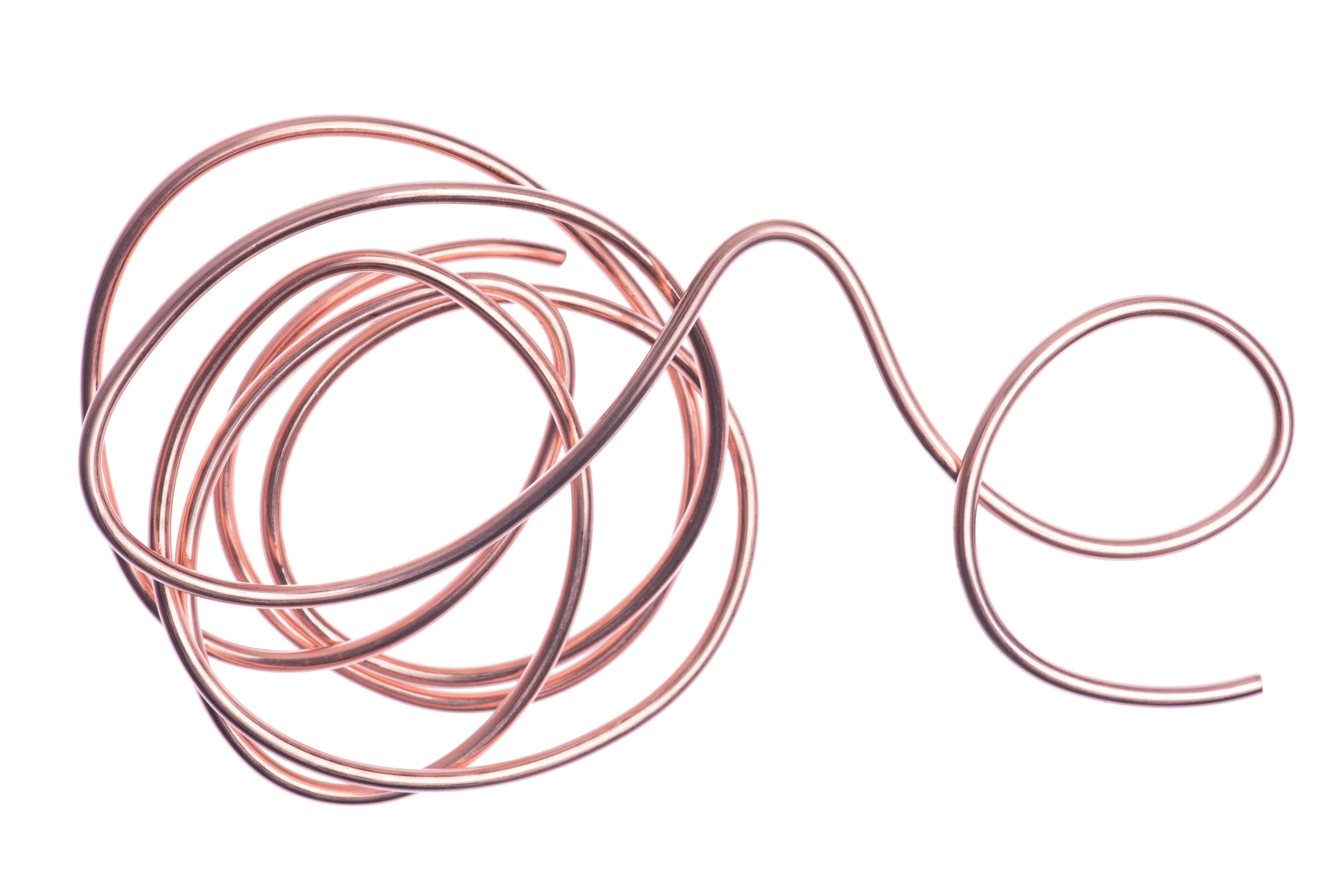
Energy storage with circular economy principles
By Teraloop's Chief Sustainability Officer, Dr. Meri Lundahl
Sustainable energy storage solutions are essential enablers of the energy transition. In the beginning of the year, The Economist warned in its yearly review “The World Ahead 2022” that this is a particularly challenging year for sustainable energy due to increased energy costs, especially those associated with clean energy. The increasing need for sustainable energy storage solutions is driving the circular economy to the fore.
The Ellen McArthur Foundation calls for increasing the use of renewable energy in accordance with circular economy principles. Scaling a product like Teraloop’s flywheel accentuates the need to improve all phases of its lifecycle by paying significant attention to product design which determines key properties like recyclability. Currently, 86% of Teraloop’ hubless flywheel consists of steel, copper and aluminum, which can be recycled utilizing existing industrial processes including shredding, melting and purifying scrap metal. “Flywheels are mostly composed of metals with circular economy already in place”, commented Eveline Lemke, founder of the thinktank Thinking Circular® and Minister o. d.
Teraloop is committed to advancing industrial recycling practices emerging for materials like carbon fiber and permanent magnets; these materials make up 6.6% and 1.3% of the flywheel’s total mass, respectively. By implementing these practices, the recyclable content of the flywheel could be increased up to 94%. In addition, we are looking into the technical developments in the area of recyclable thermoset resins. These would enable the recycling of epoxy resin (4.4% of total mass) and soft magnetic composite (1.6% of total mass), increasing the recyclable content above 99%.
Designing a circular product
The possibility to recycle the flywheel depends on effective material separation. We are focusing our design efforts on enabling easier separation of the rotor components, including carbon fiber reinforced epoxy resin attached to steel, soft magnetic composite, and permanent magnets. In addition to the flywheel materials, it is essential to consider the circularity of subcomponents like power electronics and sensors as well as vacuum and cooling systems. Close collaboration with suppliers can allow Teraloop to ensure the recyclability of these components.
Circular economy principles need to be addressed in order to ensure a sustainable energy transition. Ambitious goals regarding energy sustainability become even more important, considering also the full life cycle of energy storage. Thus, further material research is crucial to develop the product towards environmental neutrality. In Teraloop’s case, these ambitious goals include not only making our product fully recyclable but also utilising components originating from recycled sources.


